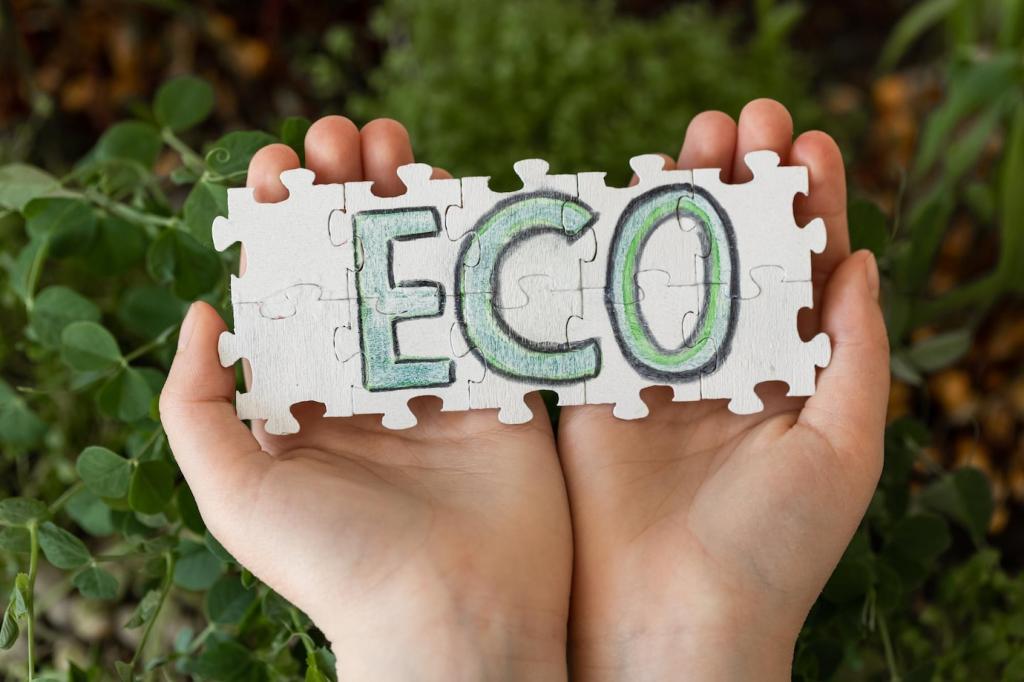Tools, Metrics, and Reporting that Support Certification
Track electricity, fuels, and process loads with consistent factors and boundaries. Submeter key equipment where feasible to attribute savings to specific measures. Clear baselines and transparent methods make certification reviews smoother and give funders confidence that projected benefits will translate into verified performance.
Tools, Metrics, and Reporting that Support Certification
Measure water intensity per unit of output, diversion from landfill, and recycled content. Document procurement policies that prioritize certified materials. These indicators often align directly with certification credits and can unlock complementary rebates for equipment like high-efficiency fixtures, on-site treatment, or improved materials recovery systems.









